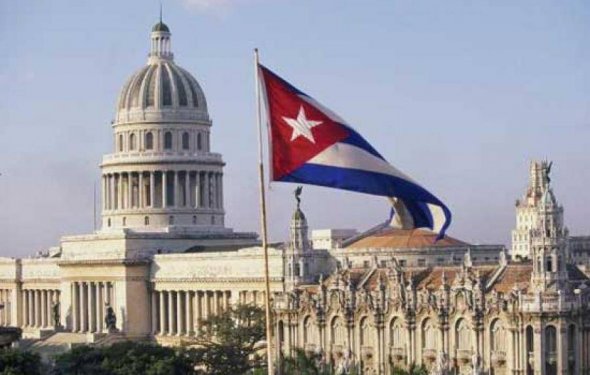Cuba Weather

Cuba is an island State torn by the waters of the Caribbean Sea from the South, the Gulf of Mexico from the north-west and the Atlantic Ocean from the north-east. The coast is marked by comfortable boots and deep bays, with many reefs and other coral entities. The coastline of the island State is 5,746 kilometres long. The island ' s radar is generally plain, but mountains rise in three parts, west, centre and east. The highest point, Turkino peak, has a height of 1972 meters. The island ' s climatic climatics are greatly mitigated by the warm sea currents that ravage Cuba from all sides. The climate of tractors is a hot weather in Cuba for almost a year.
Tropical climate is characterized by excess humidity and high air temperatures. When Cuba It's hard to move the heat with great humidity, but there's always a wind on the island's coast that brings cold and fresh air. The humidity in the mountains is always higher than on the coast.
Cuba has only two times of year: rainy season and dry season. The rain season lasts from May to October and the dry from November to April. However, March could surprise the strong tropical rainfall, and in September it would be a week of heat. It is therefore difficult to predict the weather in Cuba.
The island's climatic is also called a range. Passengers are stable winds constantly suffocating in one direction. The islands are blowing up the ranges emerging in the Atlantic Ocean. They often deliver problems in agricultural areas, but farmers have learned to protect crops and crops over many years.
In addition to the ranges, the country is exposed to tropical cyclones in summer and autumn. They begin east of the Small Antilles and the Western Caribbean, moving gradually towards Florida. Cyclones bring rain and wind. A real hurricane may take place in October and November, but it happens irregularly every few years, every time in the new place. Therefore, these features cannot reduce the tourism attractiveness of the Freedom Islands with an average annual air temperature of 26 degrees and water temperatures of 25 to 27 degrees.